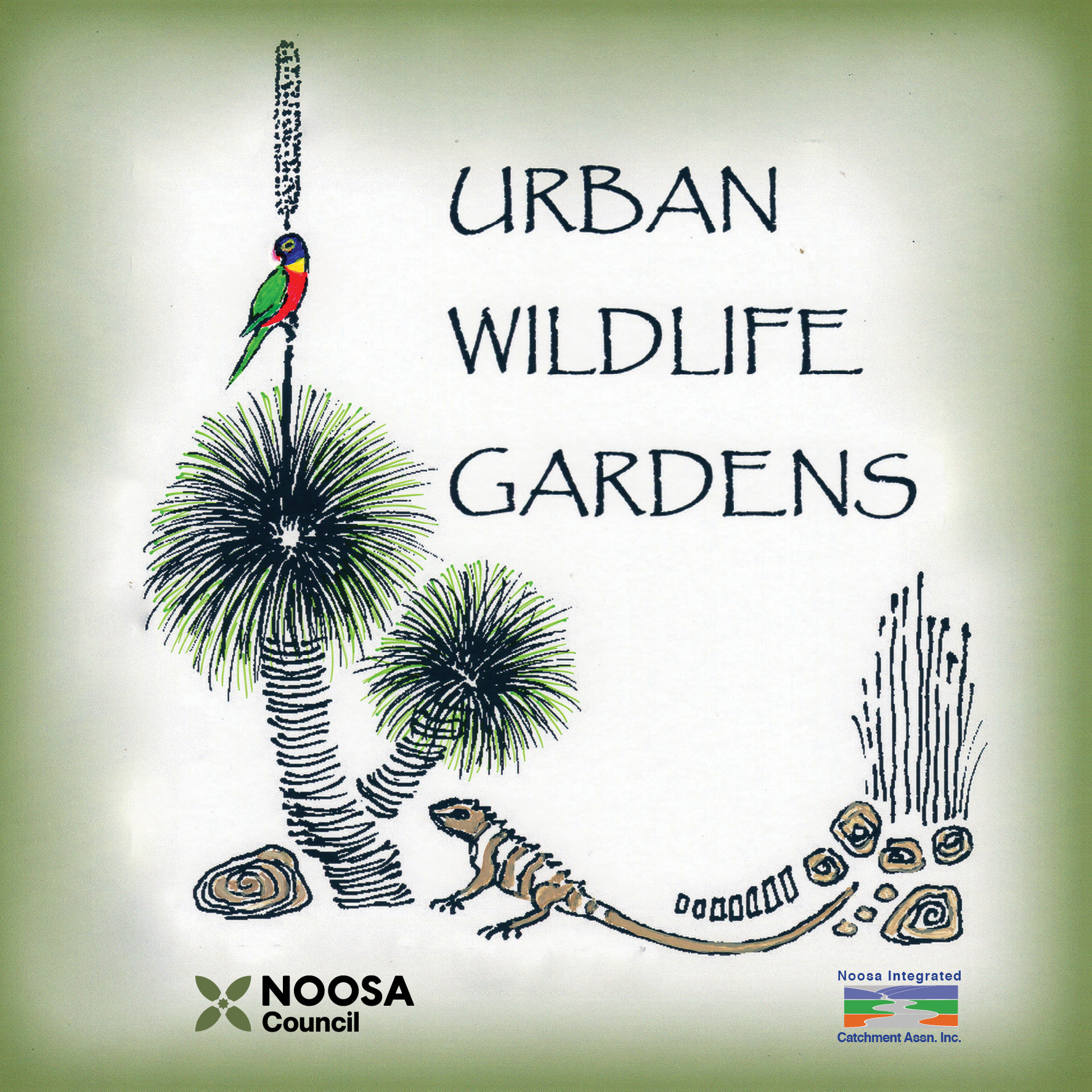Plants of the Hibiscus genus are naturally found in many different localities across Noosa and can be very useful and decorative habitat plants for our urban gardens. They attract a wide variety of native birds and insects.
Hibiscus diversifolius (Swamp Hibiscus)
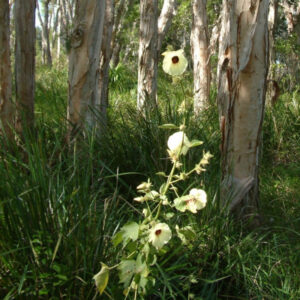
Swamp Hibiscus is a very large shrub from swampy coastal woodlands. It grows well across Noosa Shire including in clay soils where there is ample moisture. Striking tiered flower stems of multiple yellow blossoms can occur all year. Foliage and stems are very prickly and provide great protection for smaller birds. It can be pruned after flowering to contain the shape.
Image: https://noosasnativeplants.com.au/plant-details/?pId=271
Hibiscus heterophyllus (Native Rosella)
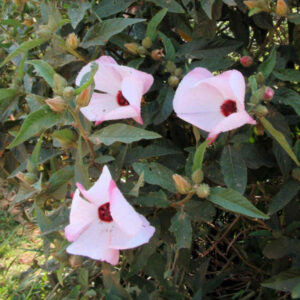
Native Rosella is a large shrub and occurs in forest margins across Noosa. It grows well where there is reasonable moisture and is also suited to part shade. Flowers, which are a showy pinkish-white with burgundy throats, occur from September to November. Hard pruning after seeds have formed refreshes shrub growth and contains the shape. The blossoms are good eating, but shake the flowers of the numerous small beetles in preparation. Popular uses include frosted flower petals as a cake decoration, use of petals and buds for jam, and the flowers also substitute for stuffed and fried zucchini flowers in Italian cooking.
Image: https://noosasnativeplants.com.au/plant-details/?pId=272
Hibiscus splendens (Splendid Hibiscus)
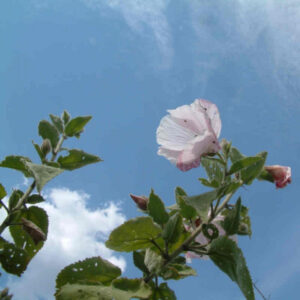
Splendens is a medium shrub from forest margins across the shire. It is suited to drier conditions and likes full sun. The showy pinkish-white flowers appear in spring and summer. The shrub also has striking grey foliage that contrasts well with other native plants. Pruning hard after the seeds have formed refreshes shrub growth and contains the shape.
Image: https://noosasnativeplants.com.au/plant-details/?pId=273
Hibiscus tilaceus (Cottonwood)
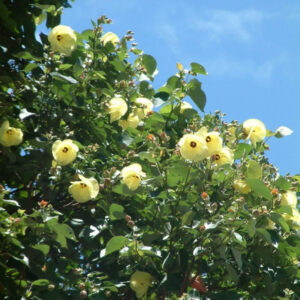
The Cottonwood is a medium spreading tree and is found in coastal lowlands and riverine settings that are occasionally subject to tidal inundation. It has striking yellow flowers and can be pruned and shaped to provide a dense shade tree for a large garden. Alternatively, if encouraged to sucker, it provides a dense thicket to stabilise erosion prone areas or steep banks. The dense thickets also provide great coverage and protection for wildlife.
Image: https://noosasnativeplants.com.au/plant-details/?pId=274
